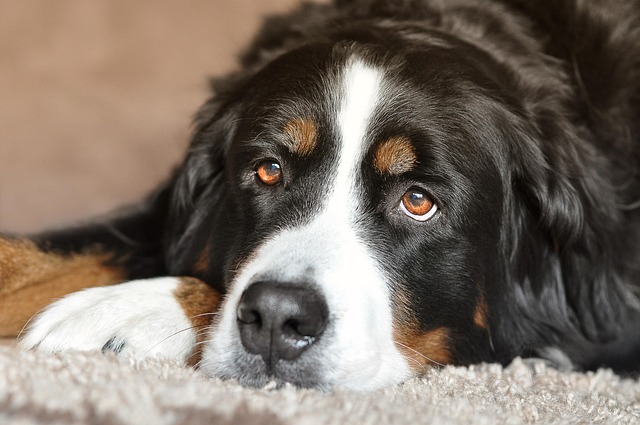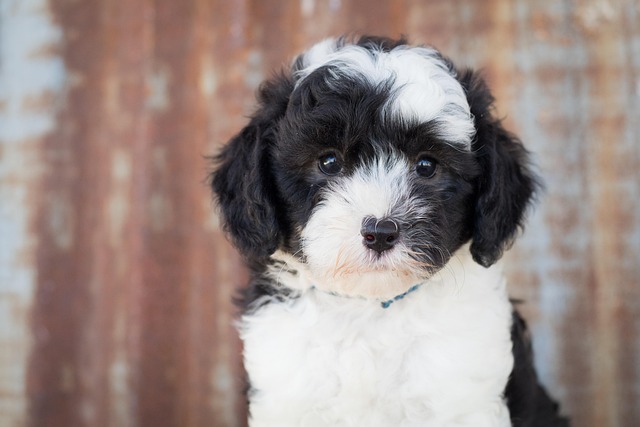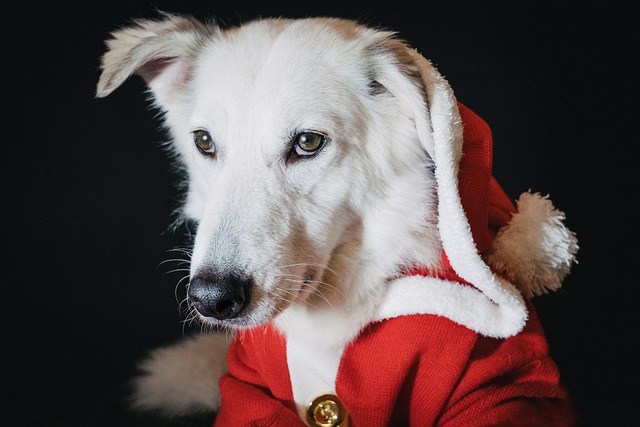
What is the hardest dog to take care of?
Trying to figure out which dog is the toughest to care for? It’s not a one-size-fits-all answer. But certain breeds demand more time, patience, and resources than others.
Trying to figure out which dog is the toughest to care for? It’s not a one-size-fits-all answer. But certain breeds demand more time, patience, and resources than others. Before you fall head over heels for a puppy, it’s crucial to understand the commitment involved.
High-energy breeds like Border Collies and Australian Shepherds often top the list. These dogs were bred to work all day, herding livestock across vast fields. They need at least 2 - 3 hours of intense physical and mental stimulation daily. Without proper exercise, they can turn destructive, chewing furniture or digging up yards. And don’t forget, in many areas, local noise ordinances apply to barking—an issue that can arise if these intelligent dogs get bored.
Giant breeds such as Great Danes and Mastiffs present different challenges. Their massive size means hefty food bills, often costing double or triple that of smaller dogs. Plus, they’re prone to joint problems like hip dysplasia. Vet visits can be expensive, especially as they age. And let’s be real—finding a crate or a car big enough for them is no easy feat. When considering these large dogs, check local housing regulations too, as some rental properties have size restrictions.
 Brachycephalic breeds, including Bulldogs and Pugs, are another story. Their flat faces make them prone to breathing difficulties, overheating, and dental issues. They might need special care during hot summers, like staying indoors with air conditioning. Dental cleanings are often more frequent, and certain medications or treatments might be hard to administer due to their stubborn nature. Remember, responsible breeding matters—look for ethical breeders who prioritize health over appearance to avoid inheriting a host of genetic problems.
Brachycephalic breeds, including Bulldogs and Pugs, are another story. Their flat faces make them prone to breathing difficulties, overheating, and dental issues. They might need special care during hot summers, like staying indoors with air conditioning. Dental cleanings are often more frequent, and certain medications or treatments might be hard to administer due to their stubborn nature. Remember, responsible breeding matters—look for ethical breeders who prioritize health over appearance to avoid inheriting a host of genetic problems.
Working breeds like the Siberian Husky have a strong independent streak. They’re escape artists with a high prey drive. A secure, tall fence is a must, as they’ll easily scale or dig under anything less. Socializing them from a young age is crucial, as their natural instincts can lead to aggression towards other animals. And if you live in an area with leash laws, make sure to keep them secured during walks—their wanderlust can get them into trouble quickly.
Some herding breeds also come with intense guarding instincts. They might bark at strangers or display protective behavior, which can be a problem if not properly trained. In many places, there are regulations regarding aggressive behavior in dogs. Early obedience training and socialization classes can help manage these traits, but it requires consistent effort.
So, is there a “hardest” dog? It really depends on your lifestyle, living situation, and experience. Before bringing any dog home, research local pet laws, visit shelters or breeders to meet the dogs in person, and talk to current owners. Taking the time to understand a breed’s needs can mean the difference between a harmonious life together and constant struggles.

Trying to figure out which dog is the toughest to care for? It’s not a one-size-fits-all answer. But certain breeds demand more time, patience, and resources than others.

When it comes to choosing a furry companion, one of the most common questions dog lovers grapple with is whether small dogs are healthier than their larger counterparts. It’s a complex topic that doesn’t have a one - size - fits - all answer,

Picture merging onto a Los Angeles freeway with your Labrador, Max, when sudden braking sends his 65-pound body lurching toward the dashboard.

You’re cuddling with your furry friend on the couch when you notice: their once - shiny coat now looks dull and feels like straw.

Imagine your French Bulldog, Buster, sunbathing on your Miami balcony. Those adorable wrinkles soaking up rays seem harmless—until he develops scaly pink patches on his belly.

Seeing your dog wince when they stand up or hesitate before climbing the stairs tugs at your heartstrings. Arthritis is a tough battle for many senior dogs and large breeds, but you don’t always need prescription meds to offer relief.